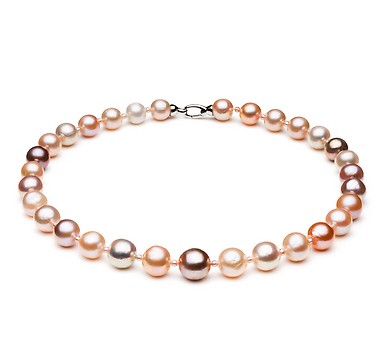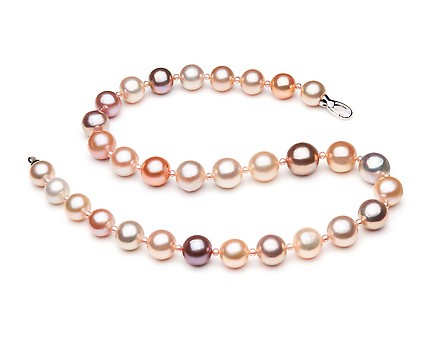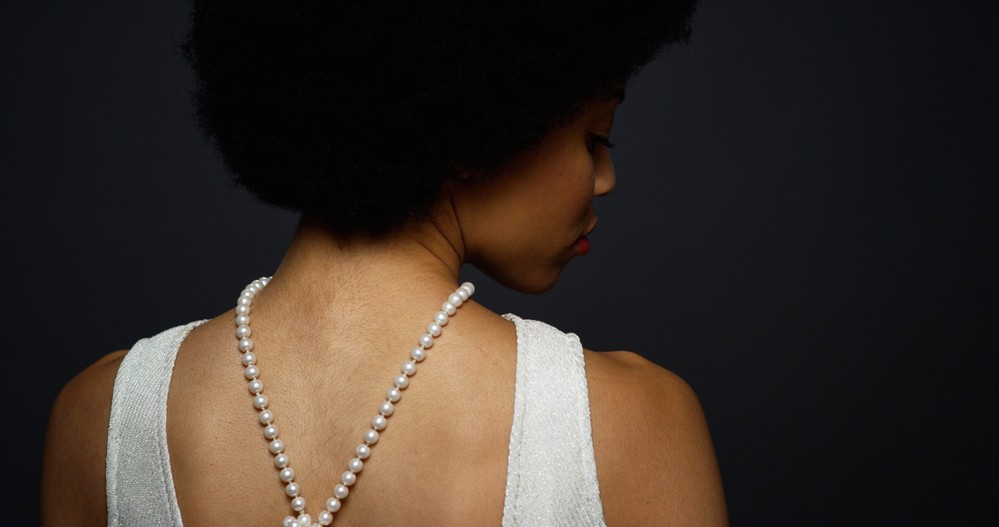Why are Edison pearls so affordable?
The Edison pearl is the largest freshwater pearls available on the market and produces colors that are simply unmatched by most other pearl options. They are still pricey, but affordable if we compare them to the price of pearls less than 40, 50 years ago. Why is that?
Freshwater pearls have changed
About a century or a little more, pearls were so valuable that a single string of naturally formed pearls could net you a mansion on Park Avenue in New York city and it would have been considered a fair trade. Nowadays it seems as though pearls are becoming more affordable than ever before. While these Edison pearls are still expensive (make no mistake about it) they are more affordable than pearls were before.




